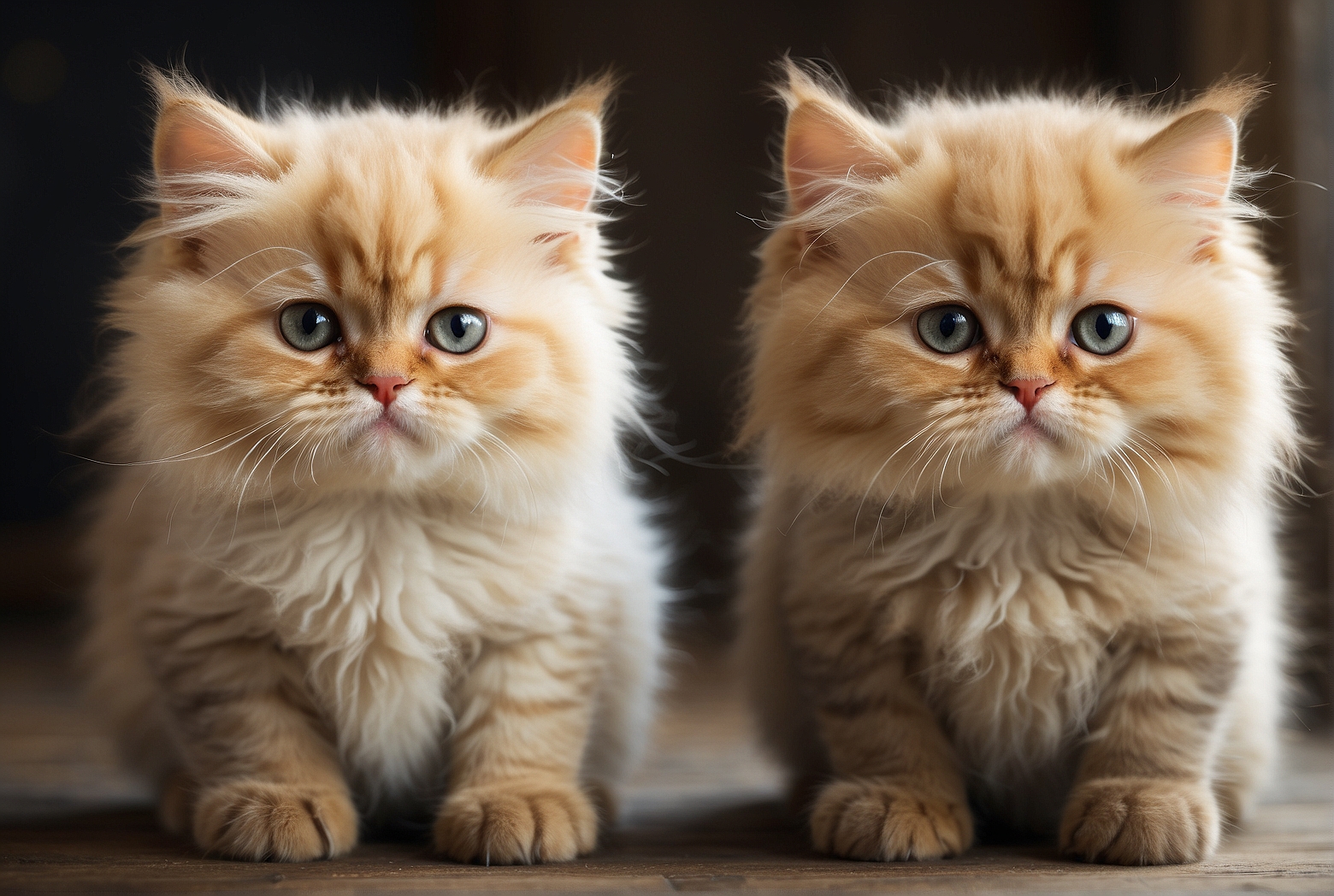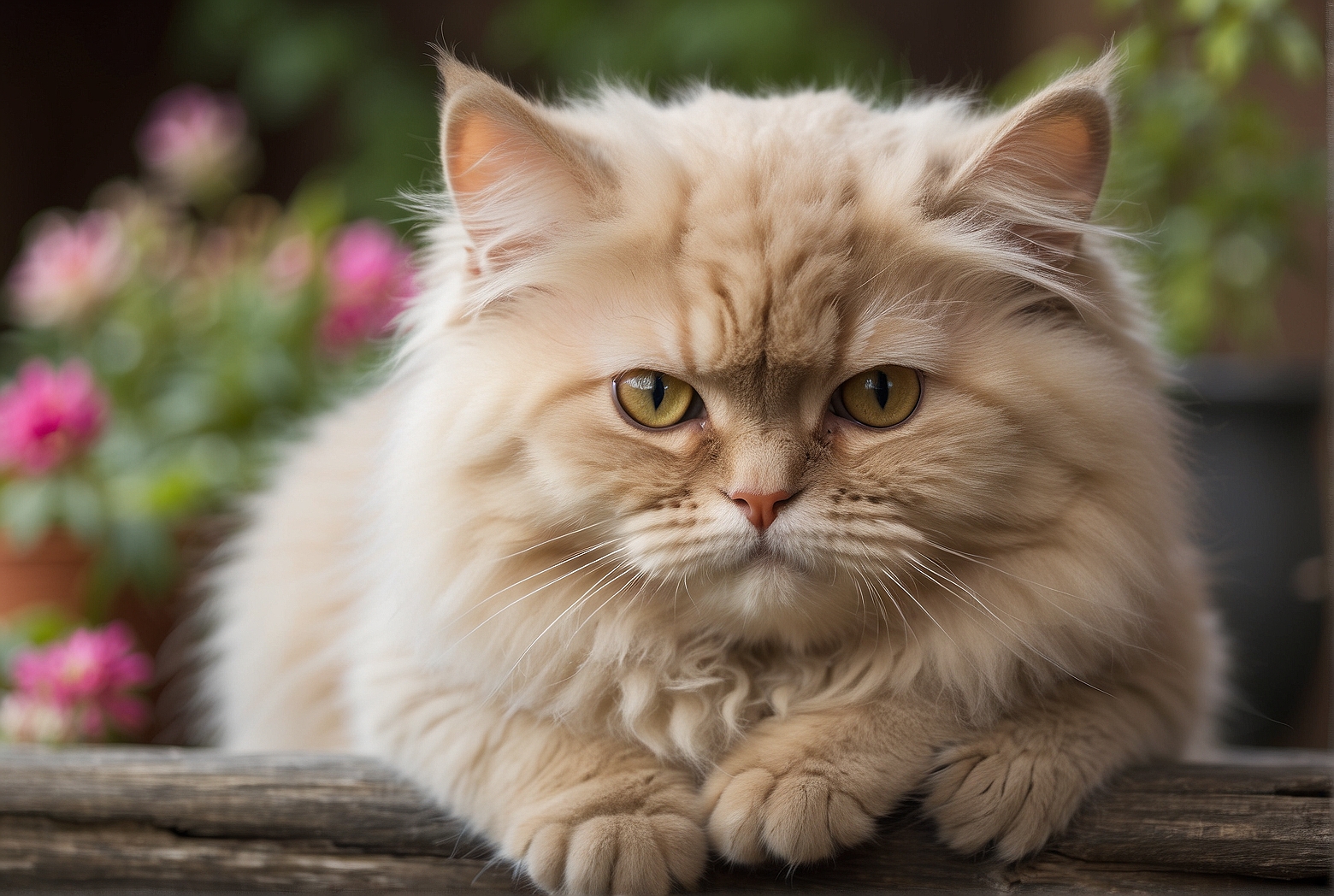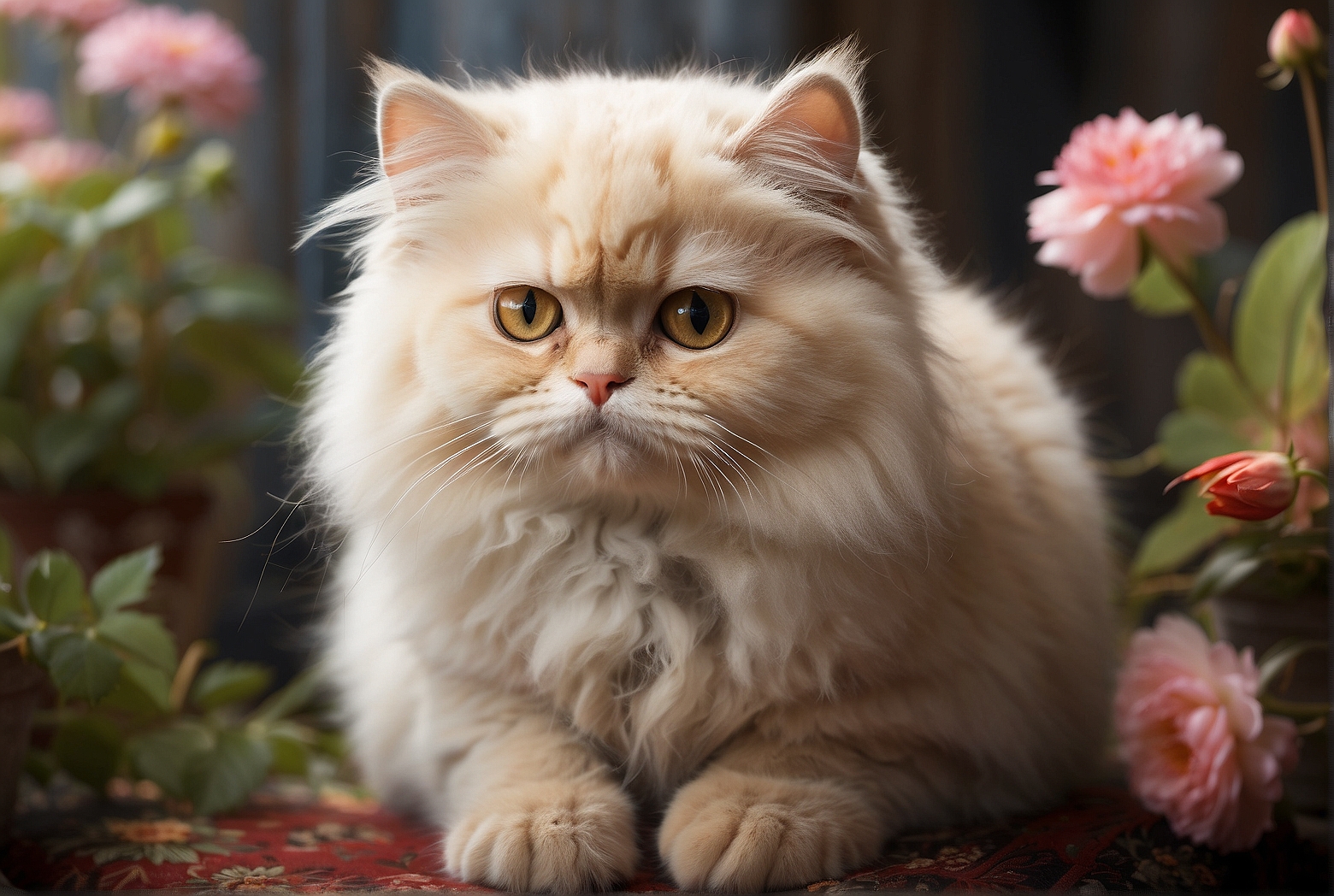Ever wondered how long those fuzzy little Persian cats can actually grow? Well, wonder no more. In this article, we’ll take a friendly and approachable look at the growth process of Persian cats and provide you with all the essential information you need. From their early days as adorable kittens to their majestic adult size, we’ll explore the average growth timeline and some factors that can influence it. So, join us on this delightful journey into the world of Persian cats’ growth and uncover the secrets behind their captivating transformation.
Introduction
Welcome to this comprehensive article on the growth and development of Persian cats! If you’re a proud owner or a soon-to-be owner of a Persian cat, it’s important to understand the different stages of their growth and what to expect during each phase. Whether you’re curious about their physical characteristics, mental and behavioral development, or factors that may affect their growth, we’ve got you covered. Let’s dive in!
Growth and Development of Persian Cats
Normal growth rate
Persian cats typically follow a relatively slow and steady growth rate compared to other breeds. It’s important to note that individual cats may vary in their growth patterns, so it’s essential to monitor your own cat’s growth closely. Generally, Persian kittens will experience significant growth within the first year of their lives.
Physical characteristics
One of the most distinguishing features of Persian cats is their luxurious, long fur. However, this magnificent coat doesn’t fully develop until the cat reaches the adolescent stage, around 6 to 12 months old. Alongside their beautiful fur, Persian cats have expressive eyes, a round face, a sturdy body, and a short, stocky build.
Mental and behavioral development
Persian cats are known for their gentle and calm demeanor. During the early stages of their development, it’s essential to provide a nurturing and social environment that encourages positive mental and behavioral growth. This includes exposing them to a variety of stimuli, such as different sounds, gentle handling, and interaction with humans and other animals.
The Kitten Stage
Birth to 4 weeks
The first stage of a Persian kitten’s life is from birth to 4 weeks. During this period, the kittens are entirely dependent on their mother for nourishment and warmth. Their senses are developing rapidly, and they spend most of their time sleeping and nursing. It’s crucial to provide a quiet and safe space for the mother and her kittens.

Weaning
Around 4 weeks of age, Persian kittens begin the weaning process. They start to nibble on soft food, transitioning from their mother’s milk. It’s essential to provide a high-quality kitten food specifically designed to meet their nutritional needs during this crucial phase.
6 to 12 weeks
Between 6 to 12 weeks, Persian kittens become more adventurous and curious about their surroundings. They start exploring their environment, playing, and interacting with their littermates and humans. This is a crucial time for socialization, as positive experiences during this stage can shape their future behavior and temperament.
Teething
Around 4 months of age, Persian kittens start teething. This can be a challenging time for both the kittens and their owners. Providing appropriate teething toys and monitoring their chewing habits can help alleviate discomfort and protect your belongings.
The Juvenile Stage
3 to 6 months
During the juvenile stage, Persian kittens experience growth spurts. Their bodies rapidly develop, and their bones start to lengthen. They may become more active and playful, exhibiting bursts of energy.
Growth spurts
Persian cats may undergo several growth spurts throughout their juvenile stage. These periods of rapid growth are characterized by increased appetite, weight gain, and noticeable physical changes. It’s important to provide them with a balanced diet to support their growth and development.
Socialization
Continuing with socialization during the juvenile stage is crucial. Exposing Persian kittens to various people, sounds, and environments can help them develop into well-adjusted and confident adult cats. Encourage positive interactions and provide them with plenty of playtime and mental stimulation.

The Adolescent Stage
6 to 12 months
At around 6 to 12 months, Persian cats enter the adolescent stage. This is an exciting time as they start to mature both physically and emotionally. You may notice gradual changes in their behavior and a more settled personality. It’s important to continue providing them with a stable and nurturing environment.
Sexual maturity
Female Persian cats typically reach sexual maturity between 6 to 9 months, while males may mature a bit later, around 9 to 12 months. It’s important to discuss spaying or neutering options with your veterinarian to prevent unwanted pregnancies and potential health issues.
Full coat development
During the adolescent stage, Persian cats’ coat reaches its full potential. The long, silky fur that they are famous for requires regular grooming to prevent matting and keep it in optimal condition. We’ll explore grooming and care further in a later section.
The Adult Stage
1 year and beyond
Once Persian cats reach the age of 1 year, they are considered adults. Their growth has generally slowed down, and they have attained their full size. While they may continue to mature mentally and emotionally, their physical growth is now complete.
Final size
On average, Persian cats reach their final size between 1 to 2 years old. However, keep in mind that individual variations may occur. They typically have a sturdy and compact build, with males weighing between 9 to 14 pounds and females weighing slightly less, around 7 to 11 pounds.
Mature behaviors
As adults, Persian cats exhibit the calm and gentle temperament that they are well-known for. They enjoy a tranquil and predictable routine, appreciating a cozy spot to lounge and plenty of affection from their human companions. Ensuring their mental and physical well-being is essential during this stage.
Factors Affecting Growth
Genetics
Genetics play a significant role in a Persian cat’s growth and development. Inherited traits can determine their potential size, coat quality, and susceptibility to certain medical conditions. Ensuring that you obtain your Persian cat from a reputable breeder who prioritizes health and responsible breeding practices is essential.
Nutrition
Proper nutrition is vital for healthy growth in Persian cats. Providing a high-quality, balanced diet that meets their specific nutritional requirements is crucial. Consult with your veterinarian to determine the best feeding plan suitable for your cat’s individual needs.
Health and medical conditions
Certain health and medical conditions can affect a Persian cat’s growth. Issues such as dental problems, respiratory issues, and allergies may impact their overall well-being and growth rate. Regular veterinary check-ups and proactive management of any potential health concerns are important in maintaining their growth and development.
Grooming and Care
Regular brushing
Persian cats’ long fur requires regular grooming to keep it clean, free of matting, and in optimal condition. Brushing their coat at least once a day helps prevent tangles and hairballs. Use a comb or brush specifically designed for long-haired cats, and make grooming sessions a pleasant and bonding experience for both you and your cat.
Bathing
Bathing a Persian cat should be done occasionally, as their coat doesn’t require frequent washing. However, it’s important to keep their coat and skin clean to prevent issues such as oil buildup or skin irritations. Use a mild shampoo specifically formulated for cats, and ensure that the bathing experience is stress-free for your cat.
Maintaining coat condition
In addition to regular brushing and occasional bathing, there are other ways to maintain your Persian cat’s coat condition. Trimming the fur around their eyes and bottom helps prevent hygiene issues. Additionally, providing a balanced diet, regular exercise, and ensuring a stress-free environment contribute to the overall health and shine of their coat.
Watching for Abnormalities
Growth delays
While Persian cats generally follow a predictable growth pattern, it’s essential to be vigilant for any signs of growth delays. Slow growth, lack of appetite, and failure to reach developmental milestones may indicate underlying health issues. If you notice any concerns, consult with your veterinarian to address them promptly.
Overgrowth
On the other hand, rapid and excessive growth can also be a cause for concern. Overgrowth may lead to skeletal issues, joint problems, and potential complications in the long run. Regular monitoring of your Persian cat’s growth and discussing any concerns with your veterinarian can help identify and manage potential overgrowth issues.
Other signs of concern
In addition to growth-related abnormalities, it’s crucial to watch for other signs of concern such as weight loss, excessive lethargy, changes in appetite, difficulty breathing, or abnormal behaviors. Any unusual or persistent signs should be promptly addressed by your veterinarian to ensure your Persian cat’s well-being.
Conclusion
Congratulations on expanding your knowledge of the growth and development of Persian cats! From their early kitten stage to adulthood, understanding the different phases your Persian cat will go through is crucial in providing them with the best care and attention they deserve. Remember to monitor their growth closely, create a nurturing environment, provide proper nutrition, and give regular grooming and care to keep them healthy, happy, and thriving throughout their lives. With love and dedication, your Persian cat will reward you with endless affection and companionship.
